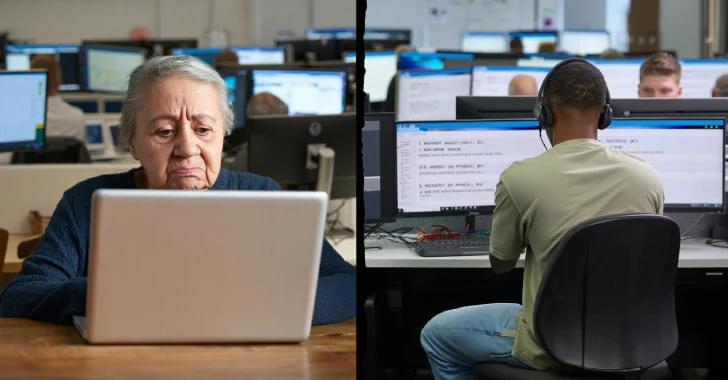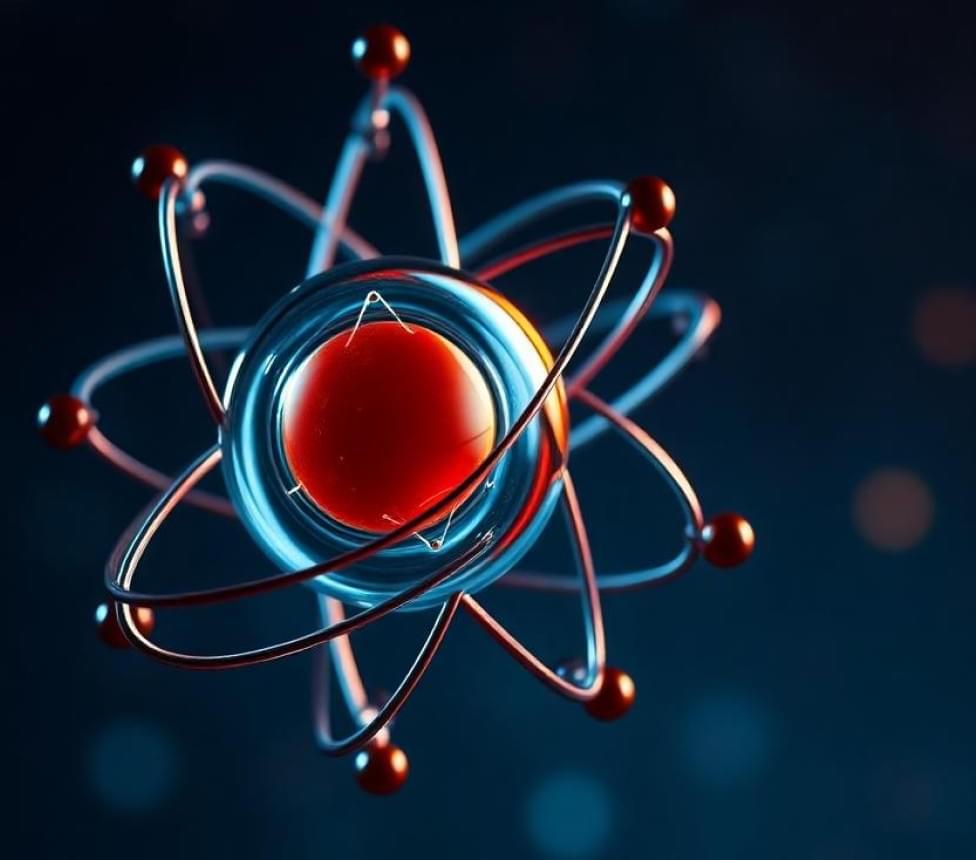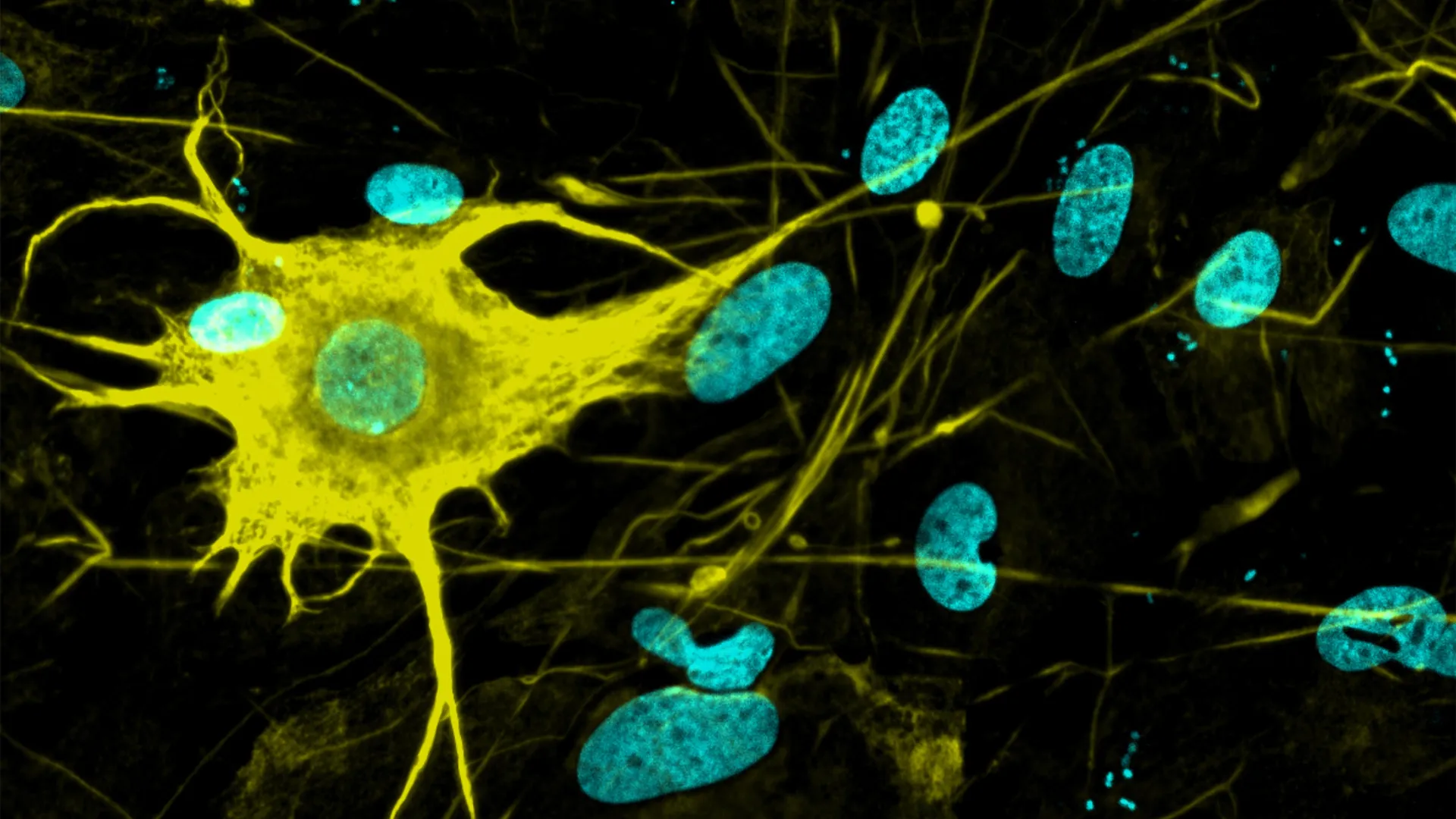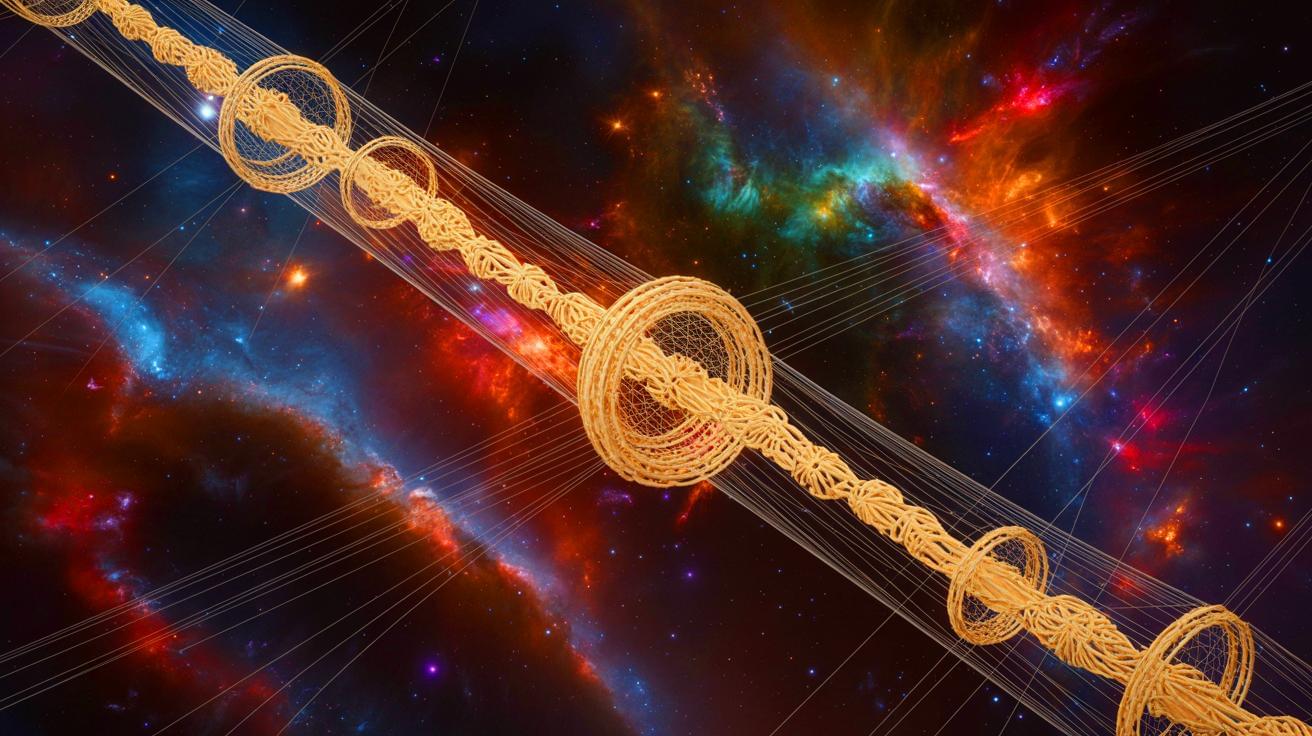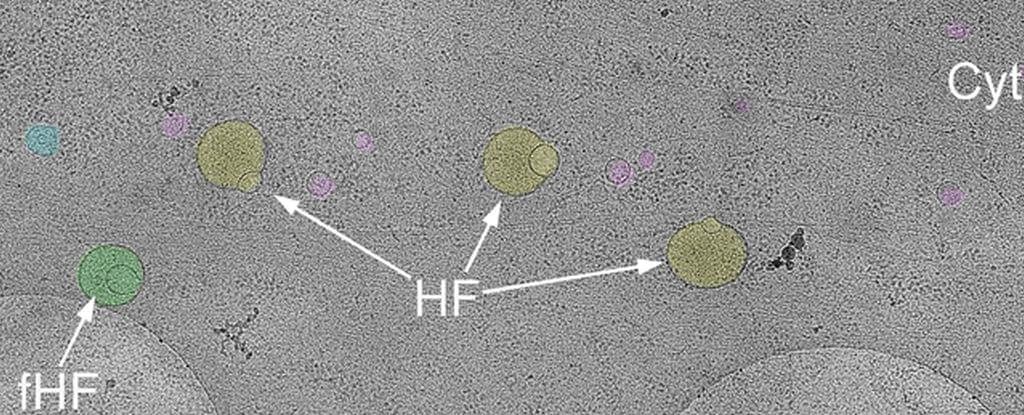Threat actors behind the Interlock ransomware group have unleashed a new PHP variant of its bespoke remote access trojan (RAT) as part of a widespread campaign using a variant of ClickFix called FileFix.
“Since May 2025, activity related to the Interlock RAT has been observed in connection with the LandUpdate808 (aka KongTuke) web-inject threat clusters,” The DFIR Report said in a technical analysis published today in collaboration with Proofpoint.
“The campaign begins with compromised websites injected with a single-line script hidden in the page’s HTML, often unbeknownst to site owners or visitors.”

